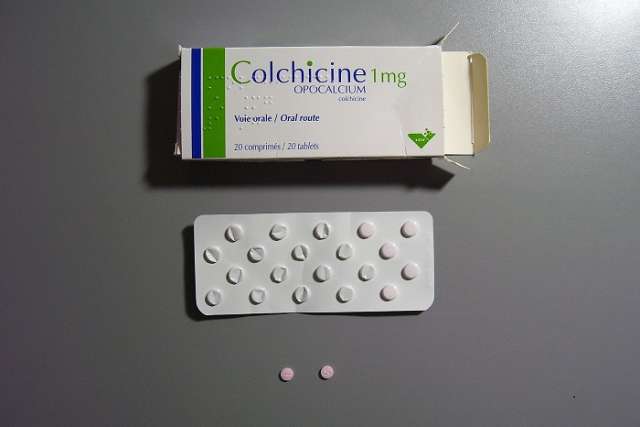FINDINGS
Due to a policy decision in 2010 by the U.S. Food and Drug Administration (FDA), the price of a prescription for the therapeutic gout drug colchicine increased nearly 16-fold from $11.25 in 2009 to $190.49 in 2011. Out-of-pocket costs for patients who took the drug jumped more than four-fold from $7.37 to $39.49 over the same period. Use of colchicine dropped 17% during this time and 27% over the following decade. Patients turned to alternative medications for gout such as allopurinol and corticosteroids. However, disease control appeared to worsen, as emergency department use by patients with gout increased by 39.8% and rheumatology doctor visits increased by 10.5% over the following decade.
BACKGROUND
Prior to 2010 the FDA had not formally approved colchicine for any particular clinical condition. That year, however, under its Unapproved Drug Initiative, the FDA approved Colcrys after its manufacturer conducted a clinical trial, and it removed other, much lower-priced, versions of colchicine from the market.
METHOD
The researchers analyzed 2007-2019 data for more than 2.7 million patient-years from MarketScan (IBM), which comprises a large sample of people with either employer-sponsored health insurance or employer-sponsored Medicare supplemental plans.
The researchers note some limitations to the study. They include a lack of a control group, the patient mix could have changed over time, gout severity and functional impairment among patients were not known, possible use of over-the-counter medications such as nonsteroidal anti-inflammatory drugs (NSAIDs) could not be determined, and the findings may not be applicable to people without employer-sponsored health coverage.
IMPACT
The findings of this case study may have implications for other drugs that undergo large price increases and can serve as a useful data point for policies that could affect the price of drugs.
COMMENT
“A rather unique FDA policy resulted in the loss of competitors to colchicine from the market, which led to an enormous increase in its price,” said study lead , assistant professor of medicine in the division of general internal medicine and health services research at the . “As a result, use of colchicine dropped. While patients with gout turned to other medications to treat their gout, such medications didn’t do exactly what colchicine did and had different side effects, possibly limiting their use. And therefore it appears, based on the increase in number of emergency department and specialist visits for patients with gout, that their disease control got worse. This case of colchicine speaks to the possible clinical consequences of other policies and manufacturer decisions that result in significant jumps in the prices of other drugs.”
AUTHORS
Additional authors are Mia Giuriato and Dr. Zirui Song of Harvard University
JOURNAL
The study is in the peer-reviewed JAMA Internal Medicine
FUNDING
The study was funded by the Director’s Early Independence Award, the National Institutes of Health, and Arnold Ventures.
DISCLOSURE
Song received fees from the Research Triangle Institute for work on Medicare risk adjustment for consultation on legal cases that were not associated with this work.



